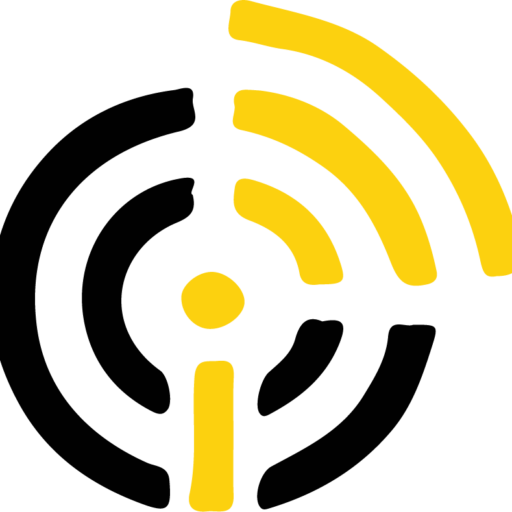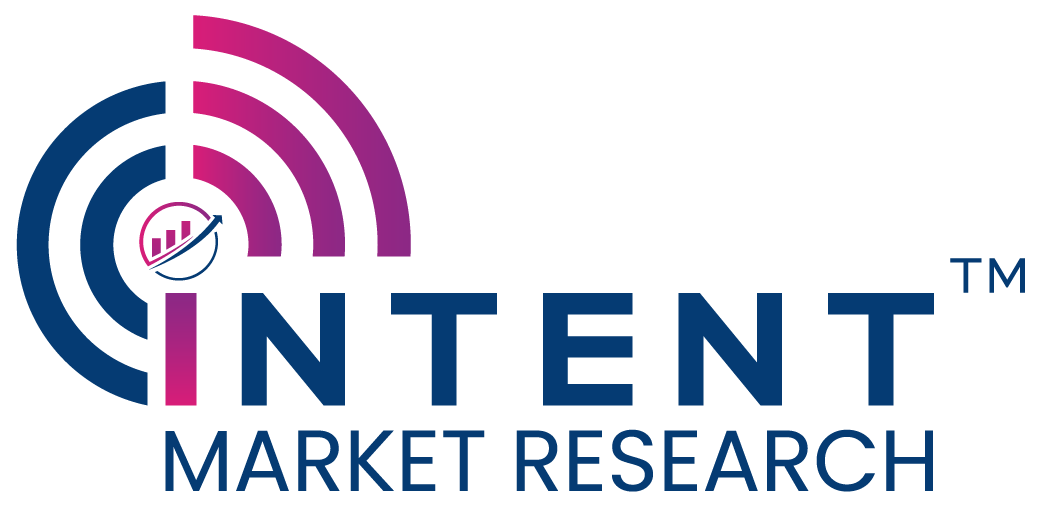Semiconductor And Electronics

Semiconductor industry engages in designing and fabrication of semiconductors and semiconductor devices. Semiconductor devices such as transistors, ICs, diodes, triodes, capacitors, sensors, transducer, etc. are part of this industry. Whereas, electronics industry manufactures electronic equipment and consumer electronics and also manufactures electrical components for a variety of products. This industry includes mobile devices, televisions, refrigerator, camera, laptops, and washing machine, among many others.
Semiconductors & electronics products are essential components of several sectors such as consumer electronics, automobile, aerospace, smart manufacturing, telecommunication, robotics & automation, healthcare, media, retail, and construction, among others.
The emergence of internet of things (IoT), 5G, electric vehicle, AI integration, industry 4.0, smart cities plans across the globe are some of the factors that have amplified the growth of electronic components; thereby, growing the semiconductor & electronics industry. Additionally, the growing investment of private sectors and strong backing from the governments with the pro-industry policies have further boosted the confidence of private investors across the globe.
The presence of large number of semiconductor companies in the U.S. has high demand for semiconductor. In 2022, the U.S. has accounted for nearly half the share of global market. Below chart shows the market share in terms of sales of major countries of the world:
![]()
Sensors & Microcontrollers Driving the Semiconductor Demand
Sensor is a device that detect an input signal such as light, heat, motion, moisture, pressure, temperature from its physical environment and produces output signal. Researchers have discovered nano spheres and diamond slivers, semiconductor material made of silicon and germanium that can convert electricity into light, and vice versa. With the high competitiveness in reducing the size of computer chips down to only a few nanometers, this miniaturization provides an improved energy-efficiency and power.
Nano sensors, a nanoscale device that can detect physical quantities and produce output signals finds significant opportunities in healthcare industry. Some of the major applications of nano-sensors are in early diagnosis of cancer cells and in mapping human brain with precision. Such precise mapping of functional networks aims to improve brain surgeries and research. Innovations across the industry and their industrial applications are promoting the growth of semiconductor industry. Additionally, smart cities, smart manufacturing, smart agriculture and smart healthcare have further boosted the demand for IoT devices which in turn, driving the semiconductor & electronics market.
Additionally, microcontroller, an IC designed to govern a specific operation in an embedded system, is the heart of IoT device. With the growing investment in smart cities, smart manufacturing, smart agriculture and smart healthcare, there is increasing demand for IoT devices, which in turn, driving the demand for microprocessor from the industry players.
![]()
Smartphones Driving Consumer Electronics Market
Globally, there were around 1.28 billion smartphones shipped in 2022. Gartner estimated that, consumers are holding their phones for less than 9 months. Additionally, launch of 5G enabled-phones have boosted smartphones demand, globally. This, in turn, has enhanced the demand for 5G chipsets as well. As of October 2023, around 870 5G smartphone models have been launched in total, with more than 80 so far in 2023. Such high demand for 5G enabled smartphone is driving the consumer electronics industry. Below chart shows the adoption
![]()
Energy-Efficient Semiconductors
Silicon is the most frequently used material for making semiconductor; however, it produces toxic material during its manufacturing. Therefore, semiconductor industry is transforming itself with the use of more efficient materials such as silicon carbide and gallium nitride. This material reduces heat and power dissipation, increasing the energy efficiency of a broad range of devices. Also, cubic boron arsenide, conducts thermal energy nearly ten times more efficiently than silicon. Such new materials helps to save consumers money, and also shrink the carbon footprint of many electronic products.
Intent Market Research offers in-depth insights on present market scenario, emerging trends, competitive landscape, and growth opportunities for players in semiconductor and electronics industry.

